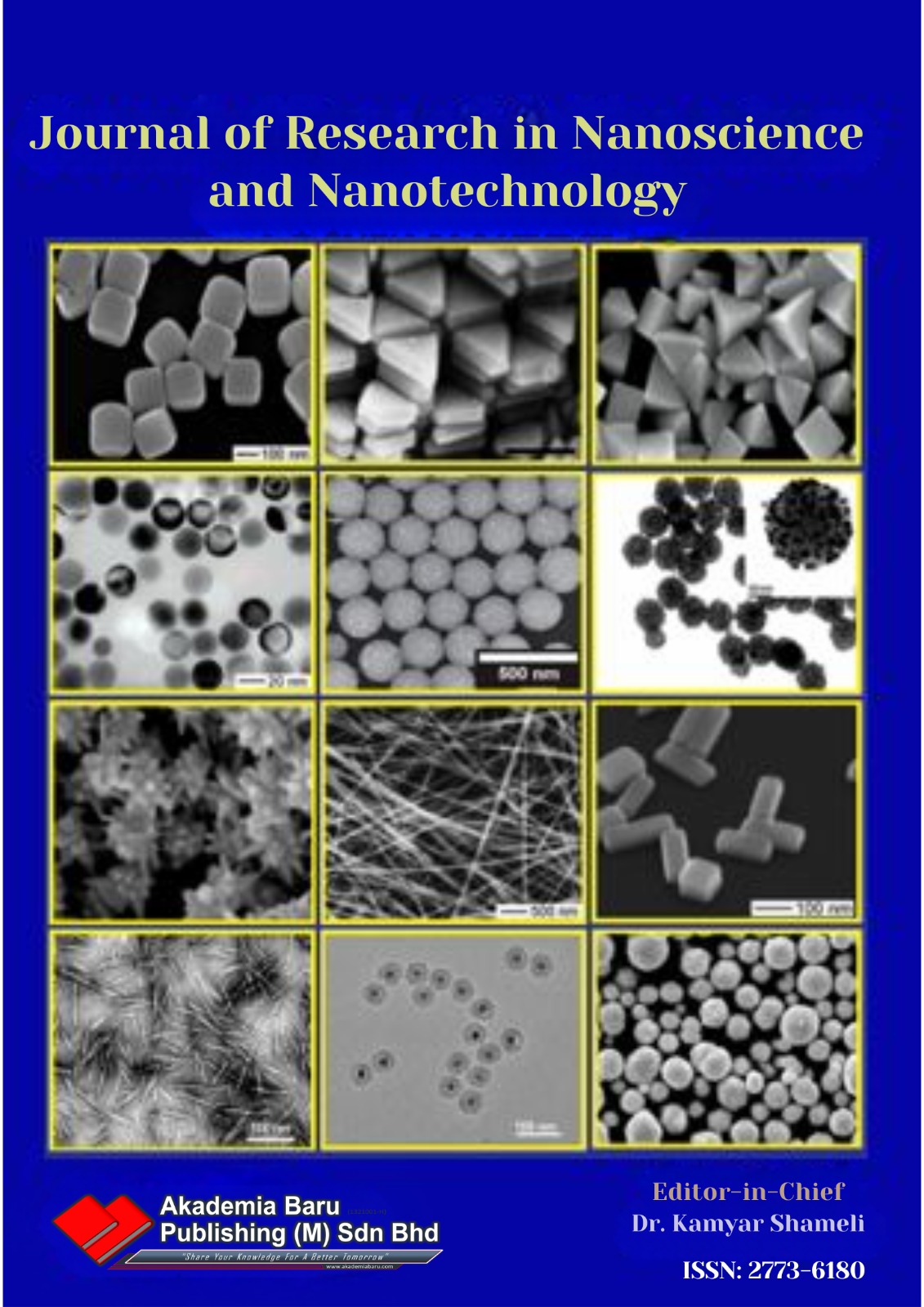Development of Bioactive Glass Ceramics Based on SiO2-CaO-Na2O-P2O5 System using Limestone and Silica Sand as Starting Materials
DOI:
https://doi.org/10.37934/jrnn.9.1.5464Keywords:
Bioactive glass ceramic, bioactivity, wollastonite, limestone, silica sandAbstract
Malaysia has an abundance of mineral deposits, but their utilisation in the production of high-end products, particularly in the biomedical applications are still lacking. This study aimed to identify the potential of limestone and silica sand for the development of bioactive glass ceramic. The glass ceramic composition was developed from the parent glass composition of SiO2 (55 wt.%), Na2CO3 (10 wt.%), CaCO3 (35 wt.%), and P2O5 (3 wt.%). To produce the glass ceramic, the glass powder was compacted and heated to 600 °C for nucleation, followed by sintering temperatures of 850, 950, and 1000°C for 60 minutes. X-ray diffraction (XRD) analysis, Vickers hardness, and density measurements were performed to characterise the glass ceramic. An in vitro bioactivity test of glass ceramic was examined by immersion in simulated body fluid (SBF) for 1, 3, 7, and 14 days, and the sample was characterised by FESEM-EDX. The XRD analysis of a glass ceramic pellet sintered at 950°C revealed the presence of high crystallisation of wollastonite and nepheline. It also exhibits a high density and Vickers hardness, with values of 3.10 g/cm3 and 4.60 GPa, respectively. After 14 days of immersion in SBF, the FESEM-EDX analysis indicated the formation of an apatite layer with a Ca/P range of 1.54 to 1.81. Thus, this study demonstrated that local limestone and silica sand have enormous potential for use in the development of bioactive glass ceramics that can be employed as implant materials and in dental applications.
Downloads















